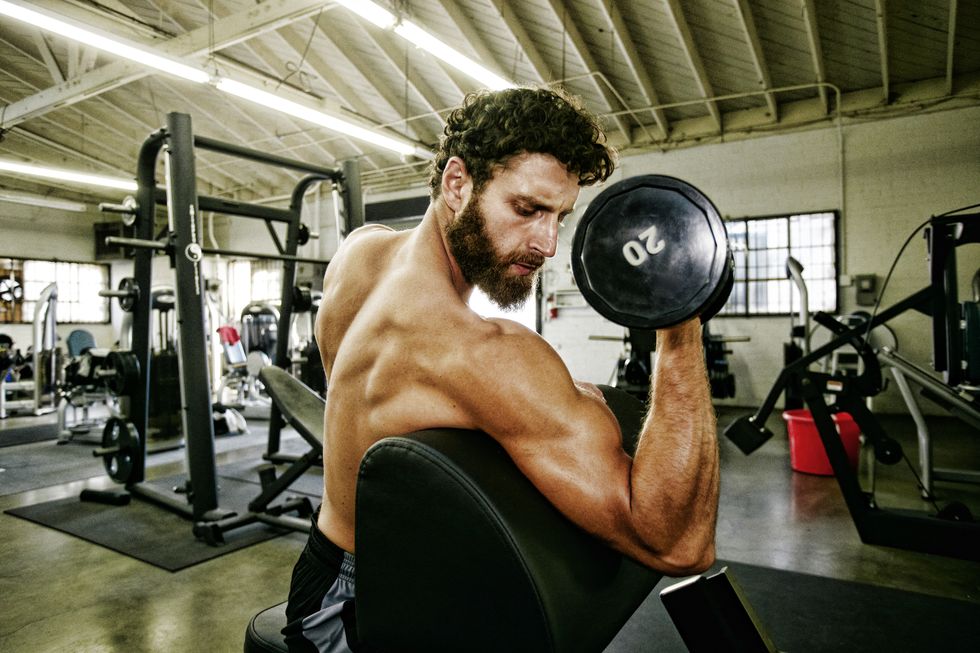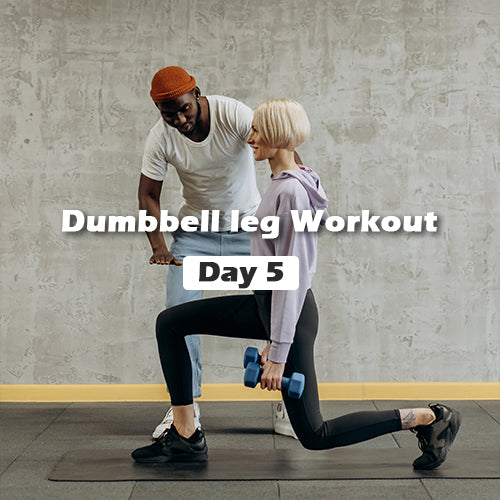Previously, IFAST updated the Dumbbell Full Body Workout Week Plan for you, but a warm-up before training and cooling down after training are also very important. This guide discusses continuing to share.
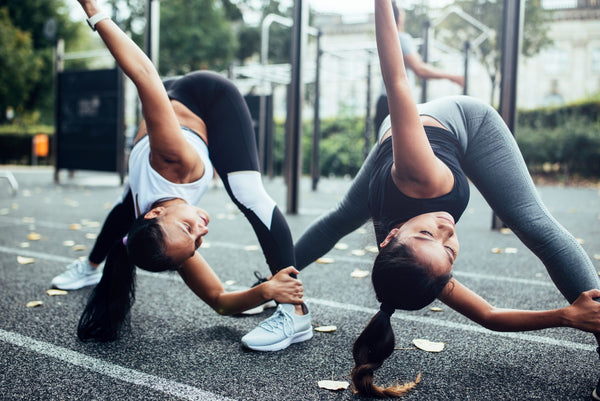
Making an effective exercise plan for yourself is a task that often requires trial and error. This is also a process that requires a successful combination of diet, nutrition, sleep, and many other activities, as well as the process of personal exercise itself. One of these often-overlooked activities is warming up and cooling down during exercise. Although many people give up these exercises, they are equally important to a comprehensive exercise program. Incorporating warm-up and relaxation exercises into your fitness program is the best way to prepare yourself for long-term success and reduce potential injury risks.
Why warm-up and cool down?
1. The necessity of warm-up (scientific research shows that 80% of acute and chronic sports injuries are directly related to ineffective warm-up):
- Improve joint mobility (that is, make your joints flexible enough)
- Activate deep stable muscle groups (fully guarantee training safety)
- Mobilize the synergistic muscles (which can effectively increase your training intensity)
- Strengthen the "communication efficiency" of nerves and muscles (that is, let your brain better control muscles)
2. The necessity of relaxation (most of the joint limitations and nodules are caused by insufficient relaxation)
- Acid excretion (can make you recover faster)
- Combing muscle fibers (can make your muscle shape recover better)
- Improve flexibility (improve safety, increase exercise efficiency)
- Adjust posture (have a perfect posture, improve safety)
Some Misunderstandings
1.Warm-up misunderstandings
Walk on the treadmill for 10 minutes
This warm-up method is something that many trained people will do. Although it will increase the blood flow speed, it will lose part of the glycogen. Although brisk walking is a systemic exercise, all the joint flexion and extension angles cannot stimulate the deep muscles and synergistic muscles, nor can they. "Pull in" is the connection between muscles and nerves.
Waist circle warm-up
This action can be seen not only in gyms, but also in communities, squares, and parks. Don't do this movement again. Turning movement. When we do this movement, the lumbar spine will be compressed. If you are more unrestrained and use inertia to rotate, it is easy to cause injury to the lumbar intervertebral disc.
The end of the three-minute warm-up
Many people know the importance of warming up, and they will warm up by themselves, but after five minutes of warming up, they will start their growth plan. The joints and muscles are not fully stimulated, and the body is very stiff, so it is very likely to be training. In the process, some damage is caused to oneself. The correct warm-up time is about 10 minutes.
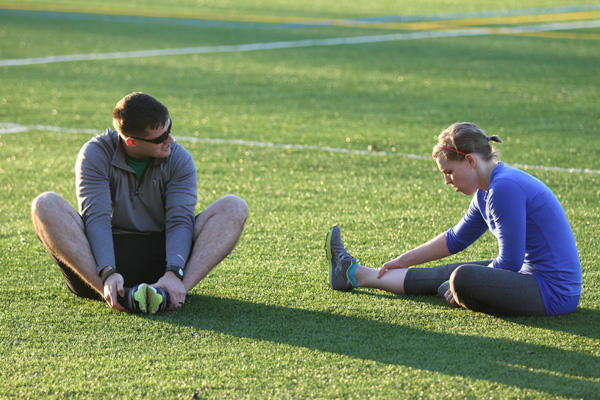
2. Cooling down misunderstanding
Mind pulling (stretching never exceeds 20 seconds)
Many enthusiasts, after a dozen or so seconds of training, the stretch is over. The lactic acid in the training site is not eliminated, but it still accumulates and affects the blood circulation, and the tissues and muscles quickly repair themselves. Such stretching does not have a relaxing effect.
Excessive stretching
Stretching will stimulate the nerves around the muscles. Excessive force is not only easy to be injured but also stimulates the muscles to passively tighten muscles so that the stretching effect is poor and it is easy to strain tendons and ligaments. The correct force is to exert force slowly and feel the pain in the stretched area of your target area.
I can't take it anymore, right?
That is, after the exercise, you met an acquaintance and chatted for 20 minutes. After the chat, you feel that your body is already cold, and it is no longer warm and freshly baked dough, and feel that you don't need to knead it, nonono! Although the congestion disappears for a while after training, the arrangement of muscle fibers is still mixed
How to get more progress from training? How to fully mobilize our training state? How to prevent our sports injuries?

How to warm up?
Warm-up before you plan to start exercising. Generally speaking, when warming up, focus on large muscle groups, such as your hamstrings. Then, if necessary, you can do more specific exercises for your sport or activity.
Carry out the activity and exercise mode of the selected exercise first, but gradually increase the speed and intensity at a low and slow speed. This is called dynamic warm-up. Warming up may cause slight sweating, but it usually doesn't make you feel tired.
Here are some examples of warm-up activities:
- To warm up for a brisk walk, walk slowly for 5 to 10 minutes.
- To warm-up for the run, walk briskly for 5 to 10 minutes.
- To warm up for swimming, swim slowly first, then speed up as fast as possible.
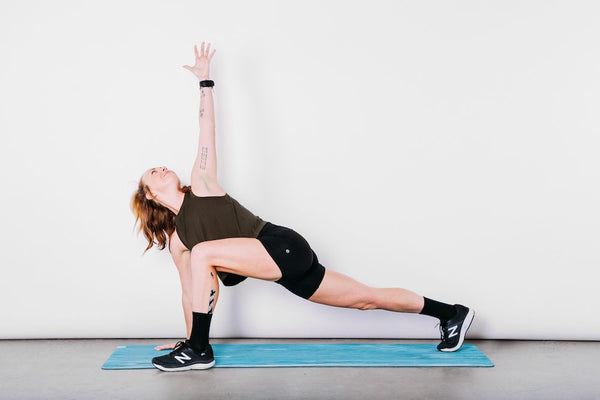
How to cool down?
Cooling is similar to warming up. You will usually continue to exercise for about five minutes, but the speed will be slower and the intensity will decrease.
Here are some examples of calm activities:
- To calm down after a brisk walk, walk slowly for 5 to 10 minutes.
- To calm down after running, walk briskly for 5 to 10 minutes.
- Calm down after swimming and swim a few leisurely laps for 5 to 10 minutes.
Treat your body well
Making time for regular aerobic exercise—plus warm-up and relaxation—can be challenging. But with a little creativity, you can adapt to it. For example, walking to and from the gym can be your warm-up and relaxation.

